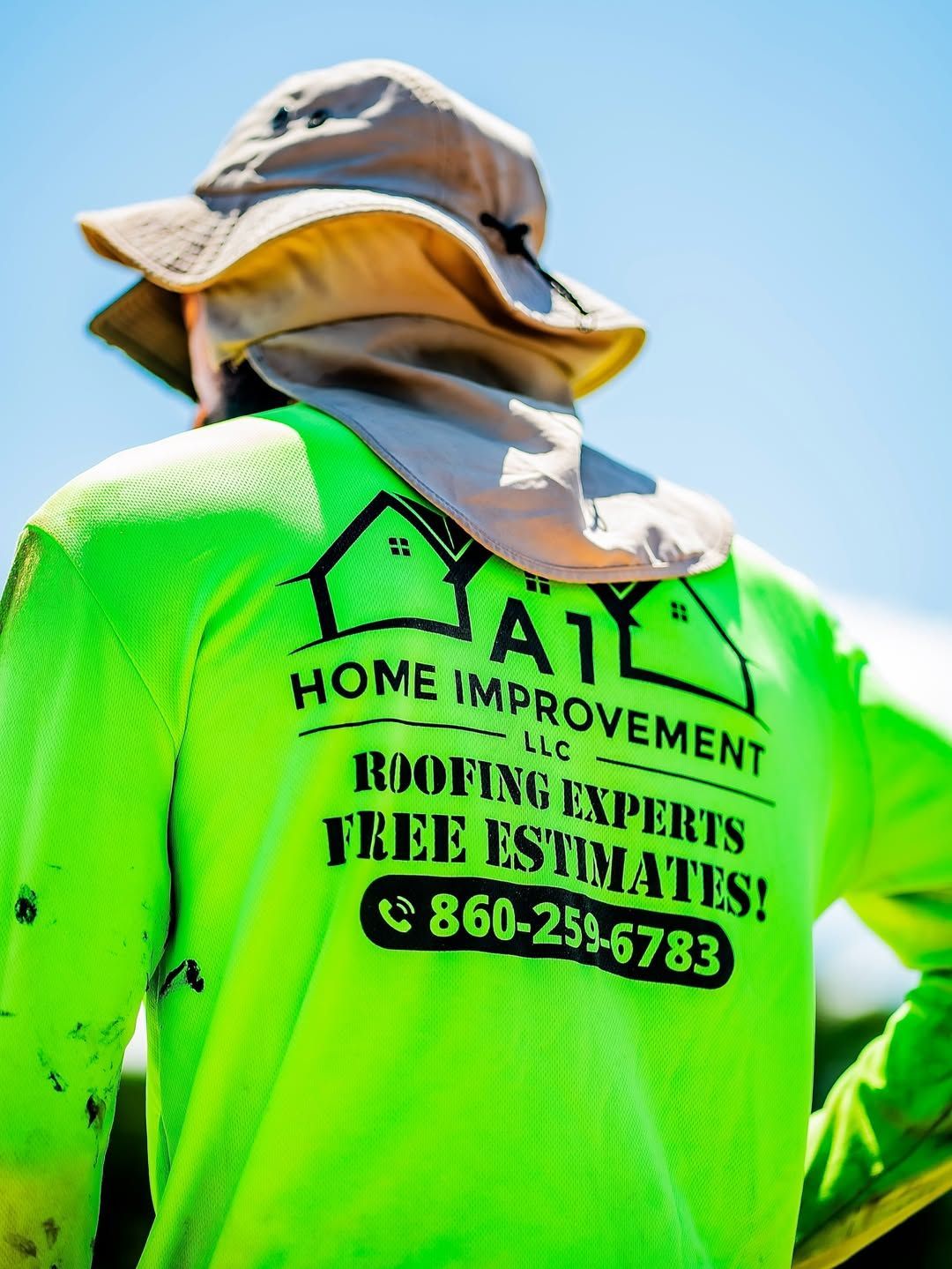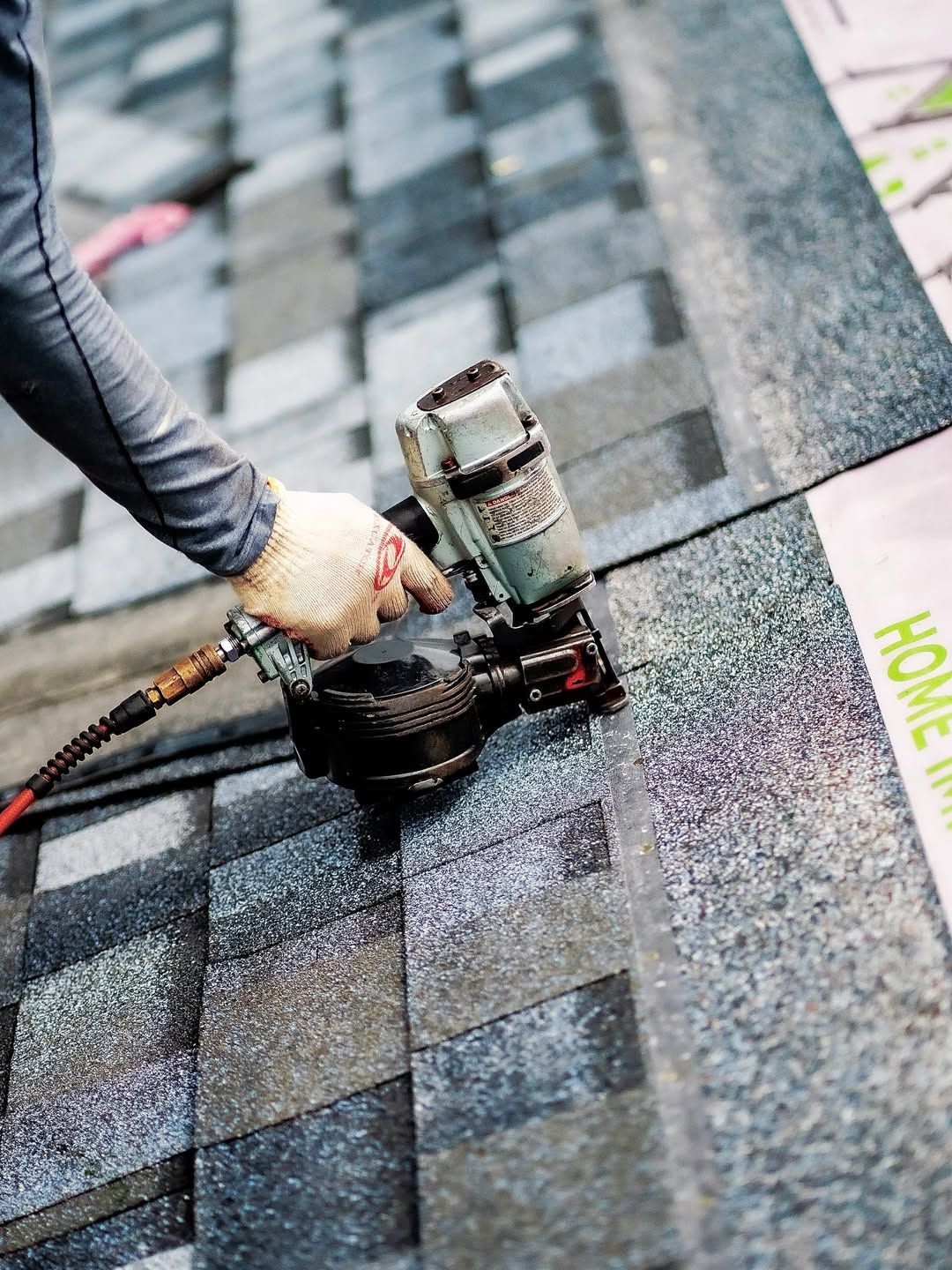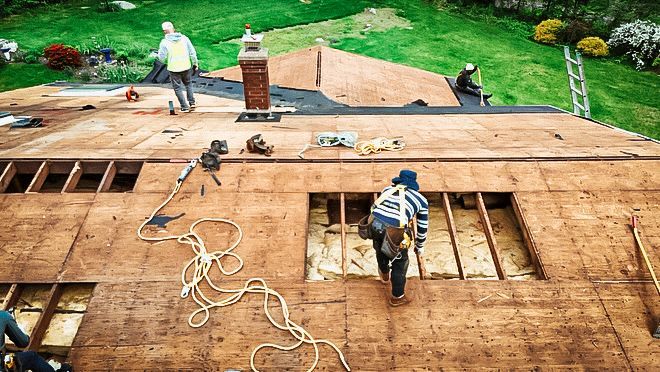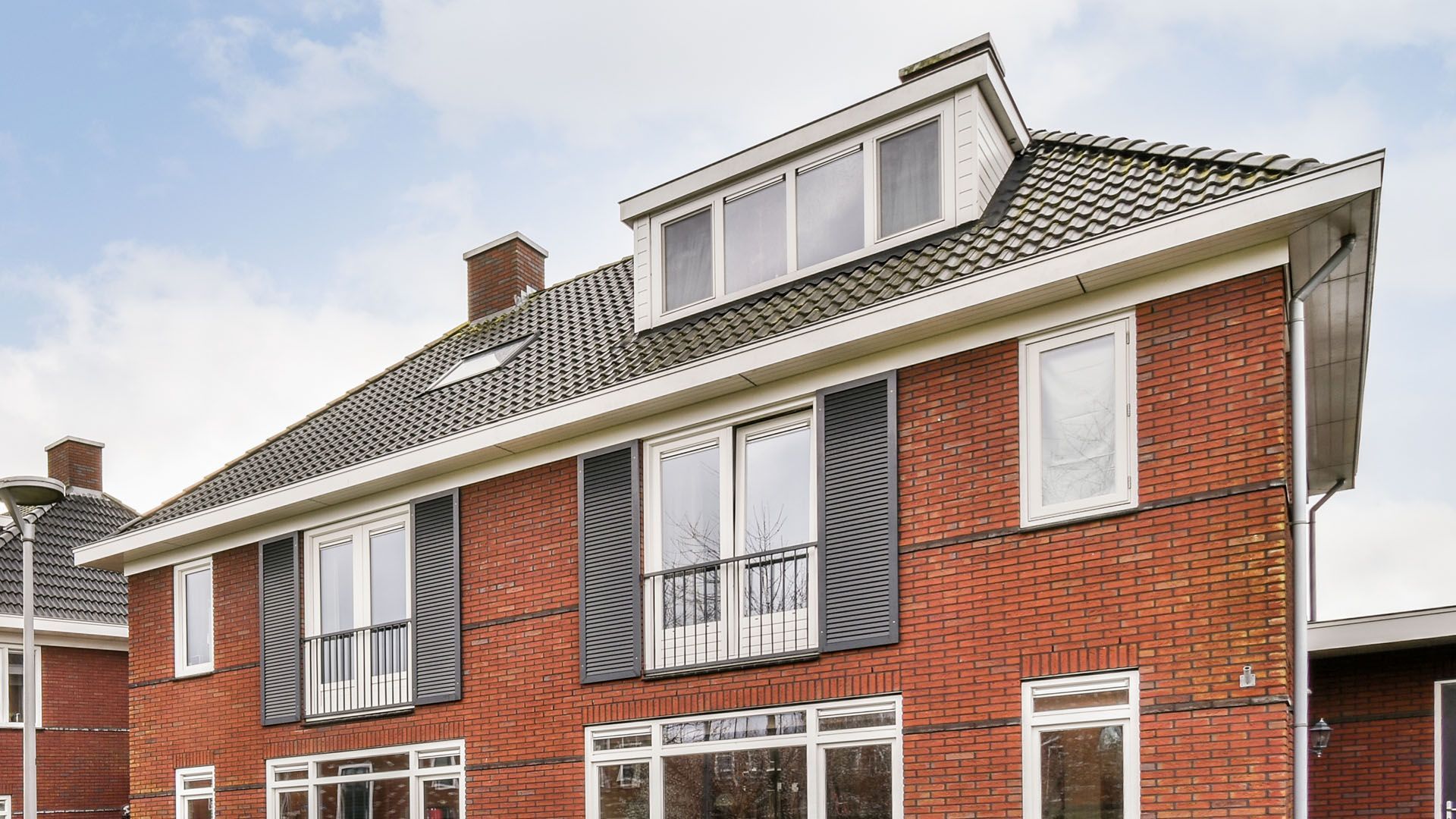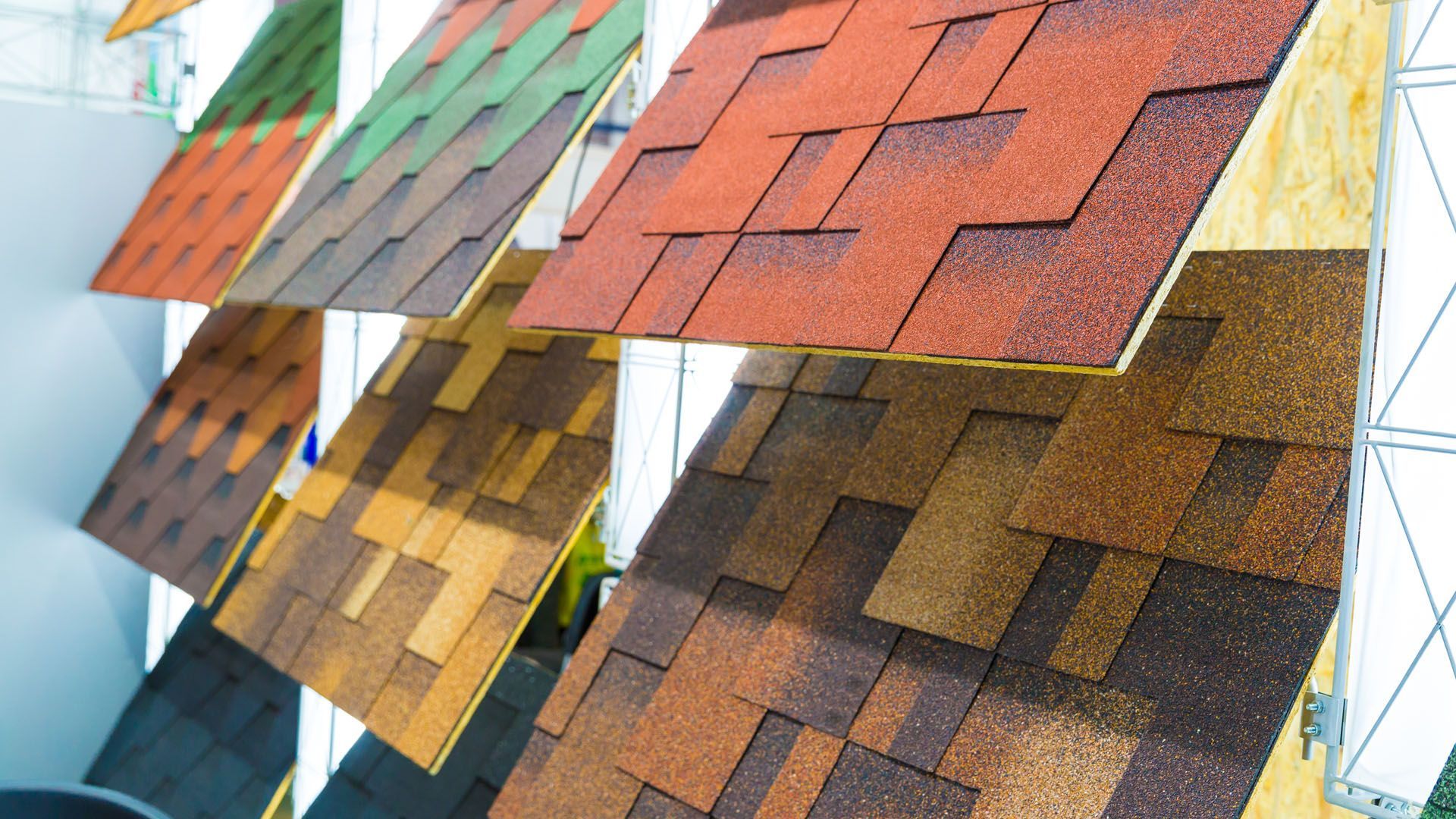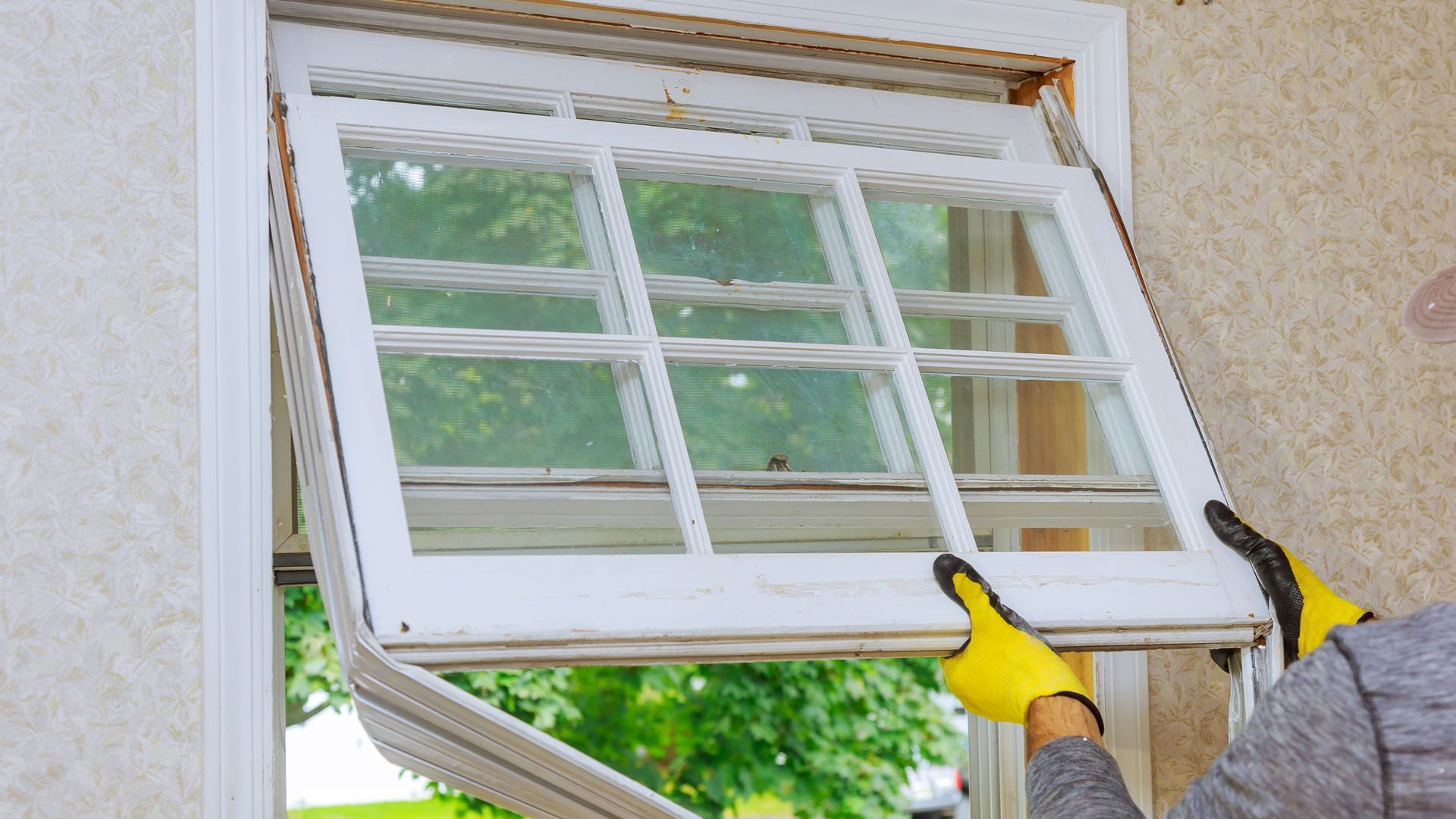The Different Layers of a Flat Roof
Flat roofs are a practical choice for both residential and commercial buildings. Their layered construction offers protection, structural support, and durability. This guide breaks down the essential layers of a flat roof, explores popular roofing systems, and highlights maintenance practices and professional considerations.
Key Takeaways
- Flat roofs consist of three key layers: the weatherproofing layer, reinforcement layer, and surfacing layer.
- Popular flat roof systems include Built-Up Roofing (BUR), Modified Bitumen, and Single Ply Membrane.
- Regular inspections and maintenance help maximize roof lifespan and performance.
Essential Layers of a Flat Roof
Flat roofs rely on a multi-layer system designed to resist environmental stress while maintaining structural integrity.
1. Weatherproofing Layer
This is the roof’s first defense against water and weather damage. Materials such as
bituminous membranes or
polyurethane liquid membranes provide a watertight barrier, preventing leaks and protecting the structure beneath.
2. Reinforcement Layer
This layer strengthens the roof, adding stability and resistance to cracks, holes, and general wear. It also helps extend the roof’s service life by reducing damage from physical stress.
3. Surfacing Layer
The topmost layer shields against
UV rays, weather, and physical damage. It also gives the roof a polished, aesthetic finish while reducing heat absorption and surface degradation.
Types of Flat Roofing Systems
Each flat roofing system offers unique benefits depending on the building’s purpose, location, and budget.
Built-Up Roofing (BUR)
BUR is a traditional system using layers of
hot tar,
gravel, and
fiberglass membranes. It offers excellent durability and weather resistance. Ideal for low-slope roofs, BUR is common in both homes and commercial buildings.
Pros: Long lifespan, strong water resistance.
Cons: Heavier system, more complex installation.
Modified Bitumen
This single-ply rolled roofing material is
asphalt-based and reinforced with polymers for strength and flexibility. It can be applied using
torch-down or
peel-and-stick methods, making installation faster and safer.
Pros: Affordable, energy-efficient, easy to install.
Cons: Vulnerable to punctures without protective surfacing.
Single Ply Membrane (TPO & EPDM)
These lightweight membranes are popular for their ease of installation and high resistance to weather and water.
TPO and
EPDM are flexible, UV-resistant, and offer long-term reliability.
Pros: Lightweight, energy-efficient, minimal maintenance.
Cons: Slightly higher initial cost than BUR or modified bitumen.
Adding Layers to an Existing Flat Roof
Instead of a full replacement, adding a new layer over an existing flat roof can be cost-effective and extend its life—provided it's done correctly.
Structural Integrity Assessment
Before adding layers, assess the building’s
load-bearing capacity. Overloading an unsupported structure can lead to costly failures or safety issues.
Material Compatibility
Ensure new materials are compatible with existing layers. Incompatible materials can cause leaks, shrinkage, or structural failure.
Maintenance and Repair of Flat Roofs
Flat roofs require consistent care to perform well and last long.
Regular Inspections
Roofs should be professionally inspected
twice a year—ideally in spring and fall. Regular checks catch issues early, like pooling water, tears, or blistering.
Common Repair Techniques
- Patching Leaks: Quick fixes for localized water infiltration.
- Reinforcing Weak Spots:
Prevent future leaks or surface deterioration. Staying proactive with minor repairs can prevent major structural issues.
Benefits of Flat Roofs
Flat roofs are more than just a modern architectural style—they offer several functional and economic benefits.
Usable Space
Flat surfaces can be turned into
rooftop gardens, patios, lounges, or even
solar panel platforms, making them ideal for maximizing real estate.
Energy Efficiency
Flat roofs with
reflective surfaces reduce heat absorption, helping buildings stay cooler. This leads to
lower energy costs and a reduced carbon footprint.
Choosing the Right Roofing Professionals
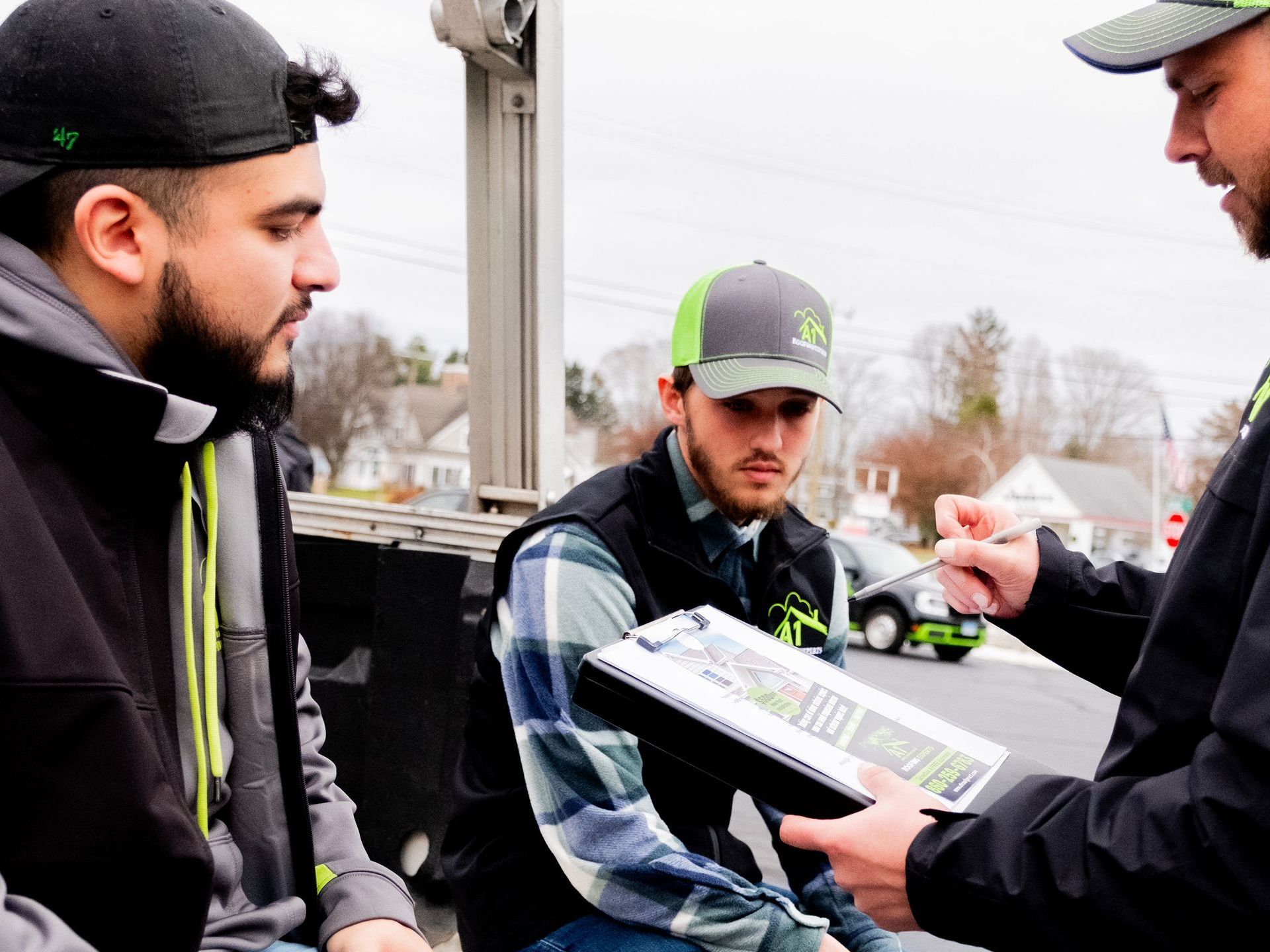
Choosing experienced, licensed contractors is crucial to achieving a high-performing flat roof system.
Vetting Contractors
Look for professionals with:
- Proper licenses and insurance
- References from past clients
- A clear understanding of
local building codes Reviewing their portfolio helps confirm the quality of their work.
Importance of Warranties
Reputable contractors offer
workmanship warranties and material guarantees. These cover potential installation issues or product defects, giving you peace of mind.
Conclusion
Flat roofs provide long-term value through durability, design flexibility, and efficient use of space. Understanding their essential layers, system types, and maintenance requirements helps you make informed decisions.
Whether you're installing a new roof or adding layers to an existing one, always prioritize proper installation, routine maintenance, and professional expertise to ensure your flat roof remains functional and efficient for years to come.
FREQUENTLY ASKED QUESTIONS
About Layers of a Flat Roof
Share this Post

